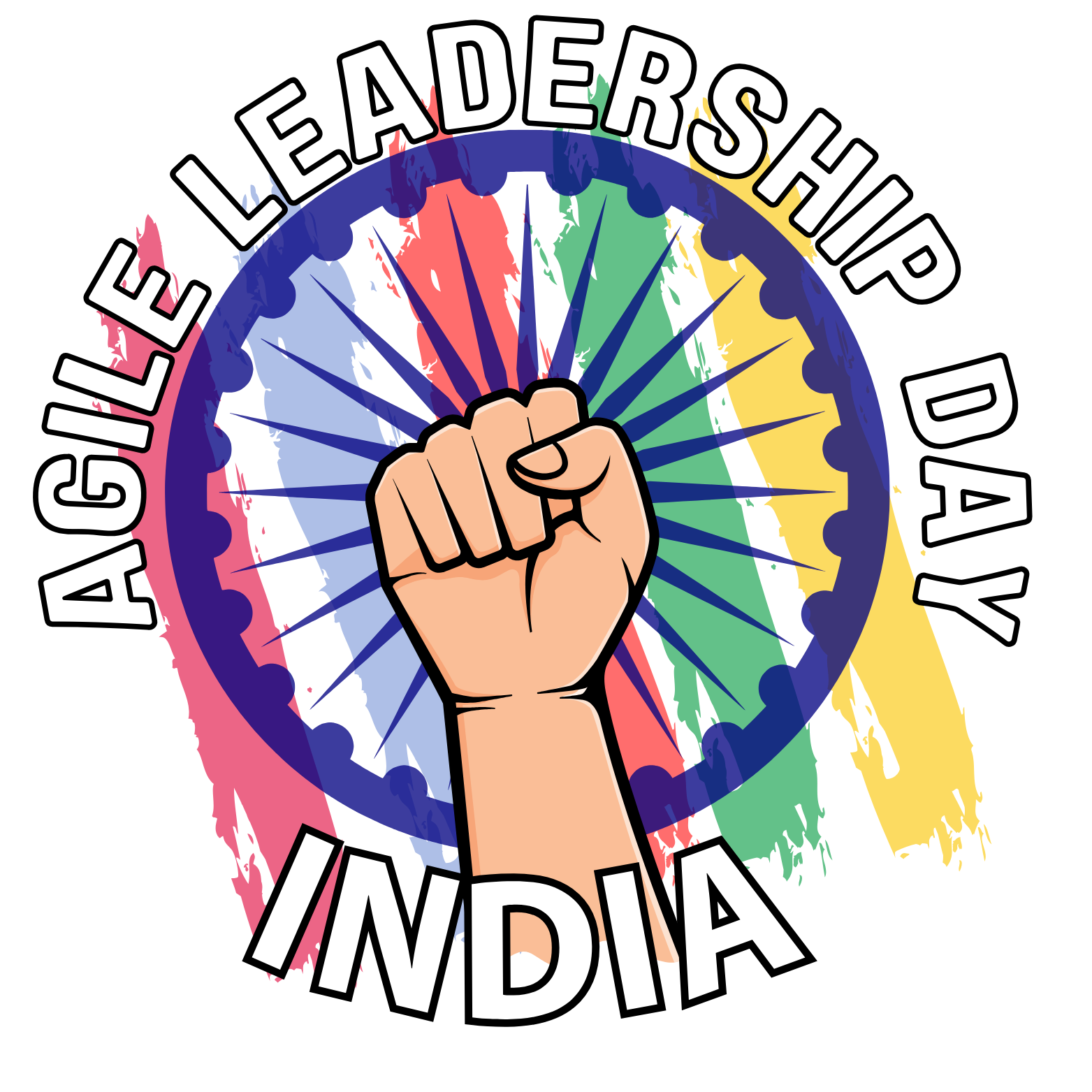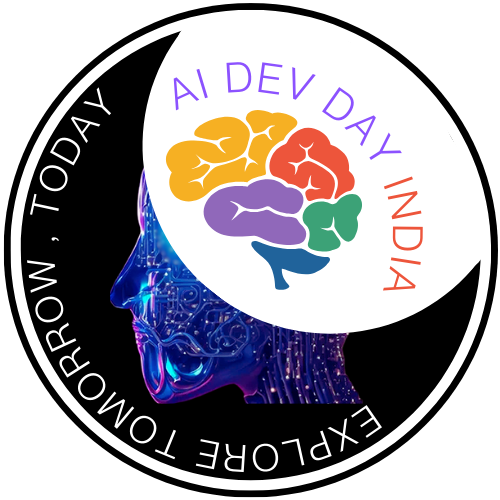5 Surprising Realities About AI Talent War Between Apple, Microsoft, Meta, and Google
The headlines are dominated by a simple narrative: Big Tech is locked in a fierce "AI arms race." With the explosive popularity of tools like ChatGPT, it’s easy to picture companies like Google, Microsoft, Meta, and Apple in a straightforward battle to build the biggest, smartest, and most capable artificial intelligence. This perception paints a picture of a monolithic conflict, where victory is measured in model parameters and processing power.
But behind the sensationalism of dueling AI models lies a far more complex and fascinating reality. The true war for the future of AI isn't just about technology; it's a multi-front conflict fought with fundamentally different strategies, corporate cultures, and a relentless pursuit of human talent. The choices these giants are making today are not just about outdoing each other's chatbots, but about defining the next decade of digital infrastructure and user experience.
This article pulls back the curtain on the AI hype to reveal five of the most surprising and impactful realities shaping the future of Big Tech. From Apple’s deliberate refusal to join the "arms race" to Meta's shock-and-awe talent offensive, these insights explain how the world’s most powerful companies are truly approaching the age of AI.
1. Apple Isn't in an Arms Race, It's Playing a Different Game Entirely
While competitors are locked in a public battle to build the largest language models (LLMs), Apple is consciously opting out. The company’s counter-intuitive AI strategy isn't a sign of weakness but a deliberate choice to play a different game entirely—one focused on user experience, edge computing, and ecosystem control.
Instead of chasing cloud-based AI supremacy, Apple is doubling down on "AI on the Edge," a strategy where processing happens directly on devices like the iPhone and iPad. This on-device approach is designed to optimize for what Apple calls ‘local device compute latency’ (LDCL), ensuring AI on an Apple device feels as fast and seamless as any native app. For more complex tasks, Apple has introduced Private Cloud Compute (PCC), a hybrid solution that preserves privacy while leveraging server-side power. This two-pronged approach aims to deliver benefits core to Apple's brand: minimizing latency, maximizing privacy, and enhancing overall performance.
This approach is classic Apple. It mirrors the company’s historical "wait and perfect" strategy, where it let competitors pioneer markets for products like MP3 players and smartphones before entering with a vastly superior and integrated product like the iPod and iPhone. Apple is letting others lead the costly development of large-scale models while it focuses on perfecting the hardware and user interface for AI applications, aiming to provide the best experience, not the biggest model.
2. Meta Is Winning the Talent War with a Shock-and-Awe Offensive
While other companies build models, Meta is waging a full-scale war for human capital, and winning. Spearheaded by Mark Zuckerberg himself, the company has launched an aggressive, well-funded talent acquisition strategy to poach the world's top AI researchers and executives from its biggest rivals.
At the heart of this offensive is the establishment of Meta Superintelligence Labs, an ambitious new division with the explicit goal of achieving human-level AI. Zuckerberg has fortified this effort with a massive $14.3 billion strategic investment in Scale AI, the data-labeling powerhouse founded and led by Alexandr Wang, whom Meta has hired as Chief AI Officer for the new lab.
Zuckerberg is personally leading the recruitment charge, meeting with top researchers at his homes in Lake Tahoe and Palo Alto to close deals. The results of this strategy have been seismic:
- High-Profile Poaching: Meta successfully recruited Ruoming Pang, the distinguished engineer who led Apple's foundation models team and was a pivotal figure in developing Apple Intelligence.
- Staggering Compensation: To secure top talent, Meta is offering compensation packages that are nearly impossible to refuse. Pang was reportedly lured with a $200 million pay package, and other offers for elite researchers have ranged from $1 million to as high as $100 million.
- Creating a "Snowball Effect": Each high-profile hire has made it easier for Meta to attract even more talent, creating a gravitational pull that is forcing competitors like Microsoft and OpenAI to react and intensify their own retention efforts.
3. Apple's Real AI Crisis Is a "Brain Drain" Fueled by a Crisis of Confidence
The shockwaves from Meta's talent offensive, detailed above, are being felt most acutely within Apple, which is now facing a full-blown crisis of confidence. Behind the company’s confident external strategy lies a severe internal crisis, as it hemorrhages top AI talent at an alarming rate. Around a dozen key staff members have departed for rivals like Meta and OpenAI since January alone, creating significant risks for its flagship "Apple Intelligence" initiative.
The scale of the problem is illustrated by the seniority of those who have left, including Ruoming Pang (head of foundation models), Ke Yang (head of the ChatGPT-like AI search effort), Brandon McKinzie, Dian Ang Yap, and Chong Wang, among others who have defected to Meta and OpenAI.
The reasons for this "brain drain" go far beyond compensation. According to reports, the departures are fueled by:
- Cultural Frustration: Researchers are frustrated with Apple's conservative, perfection-focused culture, which hampers the rapid iteration and experimentation essential for success in the fast-moving AI landscape.
- Project Delays: The "Apple Intelligence" initiative has faced multiple delays and performance issues, frustrating engineers eager to ship their work.
- Unclear Strategy: A perception of unclear leadership and budget constraints, especially when compared to the massive investments being made by rivals, has damaged internal morale.
Industry recruiters have described this trend as a "crisis of confidence" in Apple's AI future. With a core Foundation Models team of only 50-60 people, each departure is "particularly damaging," leaving knowledge gaps that could set back development by months or even years.
4. Microsoft Is Quietly Dominating with a "Frenemies" Strategy
Microsoft has adopted a uniquely effective "Frenemies" strategy, a term coined in academic research from City, University of London, to describe its approach of positioning itself as a central, indispensable player in the AI ecosystem, even for its direct competitors. Instead of trying to build or buy everything in-house, Microsoft leverages strategic partnerships and investments to profit from the entire industry's growth.
The partnership with OpenAI is the primary example of this strategy in action. Rather than attempting a full acquisition, Microsoft invested an initial $1 billion in 2019 (with another $10 billion committed since) in exchange for privileged access to OpenAI’s technology. OpenAI's models, in turn, are trained on Microsoft's Azure supercomputers.
This approach is ruthlessly effective. Because many of OpenAI's services run on Microsoft Azure, Microsoft profits from the cloud compute consumption. On top of that, its 49% stake in OpenAI means it also profits from its rival's success. It has successfully created a scenario where a competitor's AI adoption, like Salesforce using OpenAI, still generates revenue for Microsoft from two different directions.
This strategy extends globally, with the same academic research identifying Microsoft as a key "gatekeeper" connecting AI research between Western countries and China.

5. Google Is an AI "University" That's Struggling to Turn Research into Revenue
Described by researchers as the "University" strategy, Google has long been the undisputed leader in AI research. With the largest presence at top AI conferences and a dominant position in AI patenting, its approach has been akin to that of a world-class academic institution, prioritizing fundamental research and excellence.
However, in an era of massive, compute-intensive models, this academic prowess has become a surprising disadvantage. Google's industrial, product-focused approach has lagged, creating a disconnect between its research leadership and its ability to turn that research into profitable products.
One anecdote from an insider perfectly illustrates this "ivory tower" problem: a team of researchers produced an award-winning paper that received high praise and a small internal bonus, but they struggled to find a single product team at Google willing to implement their breakthrough. For many inside the company, the successful launch of ChatGPT by its Microsoft-backed rival was seen as the "crystallization of choosing the wrong strategy." It was a wake-up call that focusing too heavily on research without a direct path to application was a critical mistake in the current AI climate.
In response, Google has initiated a major strategic shift, merging its DeepMind and Google Brain divisions to make its vast AI research efforts more cohesive and, ultimately, more profitable.
A War Fought on More Than One Front
The battle for AI dominance is far more nuanced and strategically diverse than a simple technological arms race. It is a complex conflict of distinct corporate philosophies, a ruthless war for talent, and a test of internal culture.
We see this in Apple's ecosystem control gambit, Meta's talent-first offensive, Microsoft's masterful frenemies play, and Google's race to pivot its AI university into a business. As these giants pursue vastly different paths, the ultimate question isn't just who will build the most powerful AI. It's whose fundamental strategy, whose vision for how AI should be built, deployed, and controlled, will define the next decade of our digital lives.




